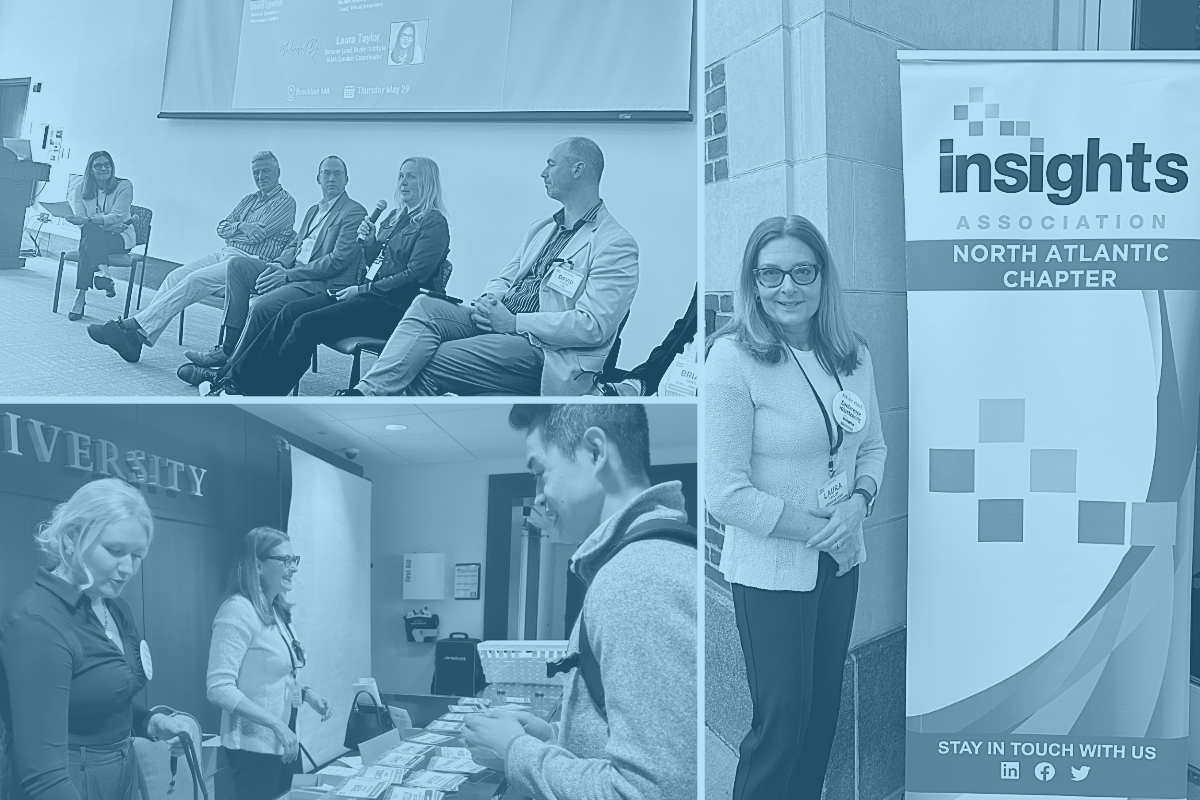
Brighter Flashlights: Allowing Consumers to Shine Light on Your Data
by Kendall Nash
Ask me a question, and you’re likely to get an answer. If the question is a good one, you may even get a “good” answer, a genuine answer. But the truth is, we know every time a question is asked, people respond through a lens. We very well may respond with what we believe to be true – the narrative we have convinced ourselves of, how we function as a consumer. Other times, we may play out the better version of ourselves and the decisions we make because we like that side of ourselves, and we are certain the person next to us will prefer it, too.
Our job as researchers is to shed light in the dark, tight corners. We provide constructs for consumers to use to think through aspects of their own story that they may not normally consider, or have the ability to put into words. While this has historically taken the form of traditional projective techniques in interviews, we’ve found an interesting new stimulus that allows consumers to articulate their mindset, experiences, and perspectives. Data. Yes, that’s right – that thing we researchers live for, but an otherwise daunting and uninteresting word for the average person.
More batteries for the flashlight.
When we present quantitative data in a visualized, easily consumable way within a qualitative setting, it provides a fresh and interesting launchpad for rich discussion. Leveraging a model of Think, Notice, and Wonder, we playfully put consumers into the role of undercover investigators. We ask them to look at snapshots of data and help us make sense of it. Questions like, “Why would so many people give this concept a high rating overall, yet give low scores on the most critical attributes?” and “In what ways could people have interpreted what we meant by reliable service?” provide two-fold benefits. Consumers, the real experts when it comes to using products and services, can help us fill learning gaps and further develop and refine hypotheses. This also provides the construct for consumers to tell us the things “other people” might think, which is a low-risk way of sharing less socially-desirable opinions and a more accessible way of sharing less conscious thinking. To be clear, we’re not truly relying on consumers as analysts, but rather as creators of the lenses from which we should be looking and considering our data.
Giving consumers a chance to help clarify their stories by reacting to their own data is a powerful way to tap into consumers beyond simply asking them questions.
In addition, we can also tap into the techniques leveraging qualitative data in two ways. The first technique is a Me/Not Me Comparative Interview, in which we share a video with participants of other consumers talking about their own perspectives or how they use/don’t use a product or service. We then ask the viewing participants how well (or not) the consumers in the video represent their own perspective. This offers a tangible point for reaction and can also subtly remind consumers that they aren’t alone in their mindset, which helps foster a comfortable platform for them to share their true perspectives. Participants will often elaborate well beyond the point made in the video and help us see something we couldn’t see before. In Reflective Interviews, a second technique, we show consumers their own unstructured data, or comments, following a qualitative interview. We share with them a summary of what we captured and how we might interpret it, and offer them the opportunity to tell us where we got it right and where we were slightly off. Giving consumers a chance to help clarify their stories by reacting to their own data is a powerful way to tap into consumers beyond simply asking them questions. We walk away with nuanced learning that tends to excite the brand team.
As researchers, we desire well-rounded hypotheses that we can validate or challenge as we move brands forward. Illumination requires us to consider a multi-faceted point of view, and the consumer just may be the unexpected, missing link. When you’re looking for nuances and scouring the corners of the insight cave, a brighter flashlight reveals more opportunity and learning that propels the brand forward.
How are you leveraging consumers to their fullest potential?

Kendall’s curiosity and passion for consumer learning allow her to design smart research that brings brand teams and consumers together. Her thrills come from helping her clients uncover what people truly want and need, and translating that so brands can win.
As always, you can follow Burke, Inc. on our LinkedIn, Twitter, Facebook and Instagram pages.
Sources: Feature image – (Photo by Pavel Anoshin on Unsplash )








